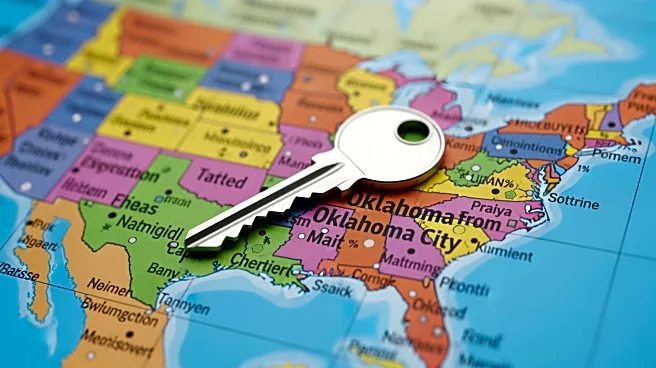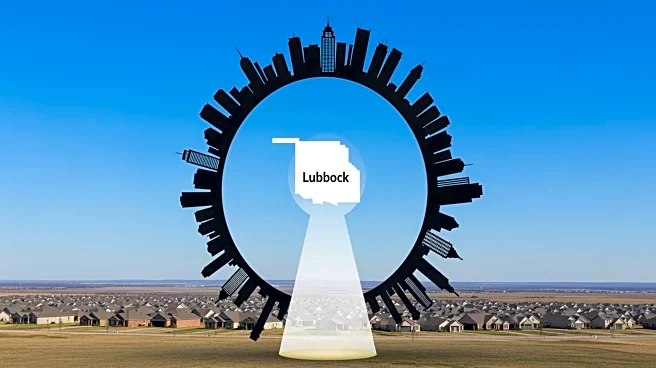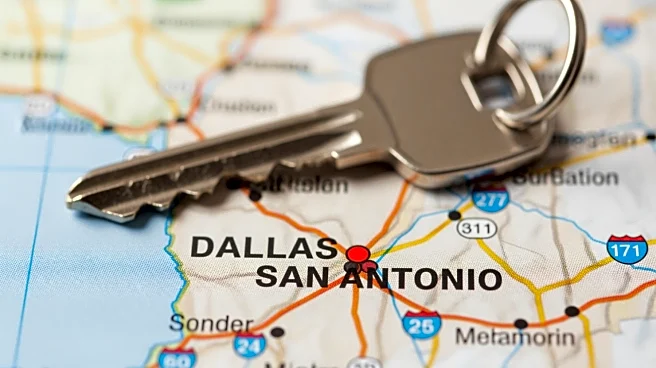What's Happening?
Recent data from Realtor.com indicates a significant interest in Cedar Rapids, Iowa, from homebuyers in various U.S. metropolitan areas. The scarcity of homes on the market nationwide, which remains below
pre-pandemic levels, has kept prices elevated despite a slowdown in sales over the past year. This has led to increased online house hunting, with 97% of homebuyers utilizing online platforms according to a 2021 National Association of Realtors report. The cross-market demand data from Q3 2025 highlights that Chicago, Illinois, leads the interest with a view share of 25.1%, followed by Minneapolis, Minnesota, at 12.7%. Other cities showing notable interest include Iowa City, Des Moines, Omaha, Dallas, and Los Angeles, among others.
Why It's Important?
The interest in Cedar Rapids from major metropolitan areas underscores a broader trend of migration and real estate interest in less densely populated regions. This shift could impact local economies, housing markets, and community demographics in Cedar Rapids. As larger cities face high living costs and limited housing availability, smaller cities like Cedar Rapids become attractive alternatives for homebuyers seeking affordability and quality of life. This trend may lead to increased demand for local services, infrastructure development, and potential changes in real estate pricing dynamics in Cedar Rapids.
What's Next?
As interest in Cedar Rapids continues to grow, local real estate markets may experience increased competition, potentially driving up home prices further. Real estate agents and developers in Cedar Rapids might need to adapt to the influx of interest from out-of-state buyers by expanding listings and enhancing online marketing strategies. Additionally, local policymakers may consider infrastructure improvements and community planning to accommodate potential population growth and ensure sustainable development.
Beyond the Headlines
The migration trend towards cities like Cedar Rapids could have long-term cultural and social implications, including increased diversity and changes in community identity. As new residents bring different perspectives and experiences, Cedar Rapids may see shifts in cultural offerings, educational needs, and social services. This could foster a more dynamic and inclusive community environment, while also presenting challenges in maintaining local traditions and balancing growth with community values.











